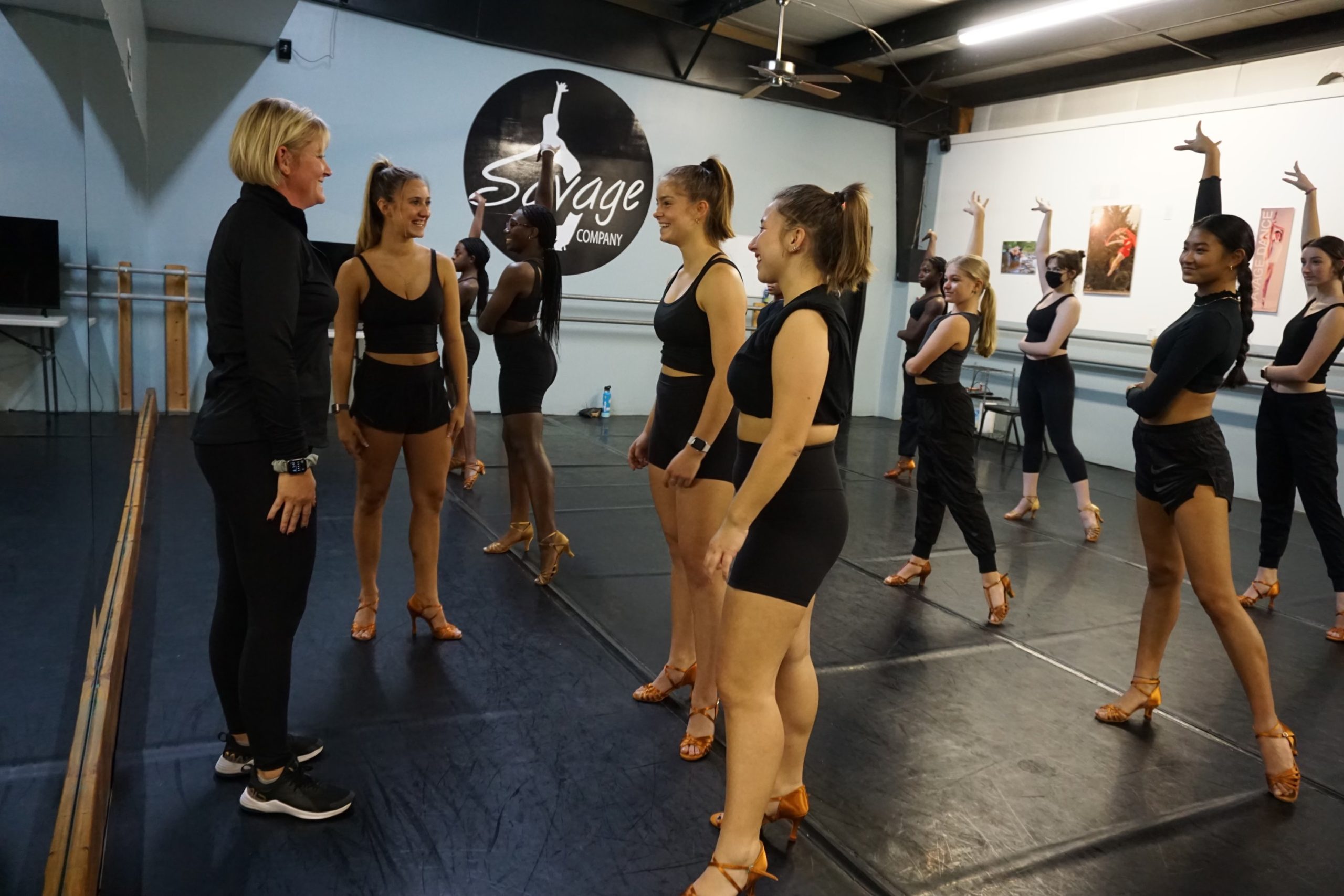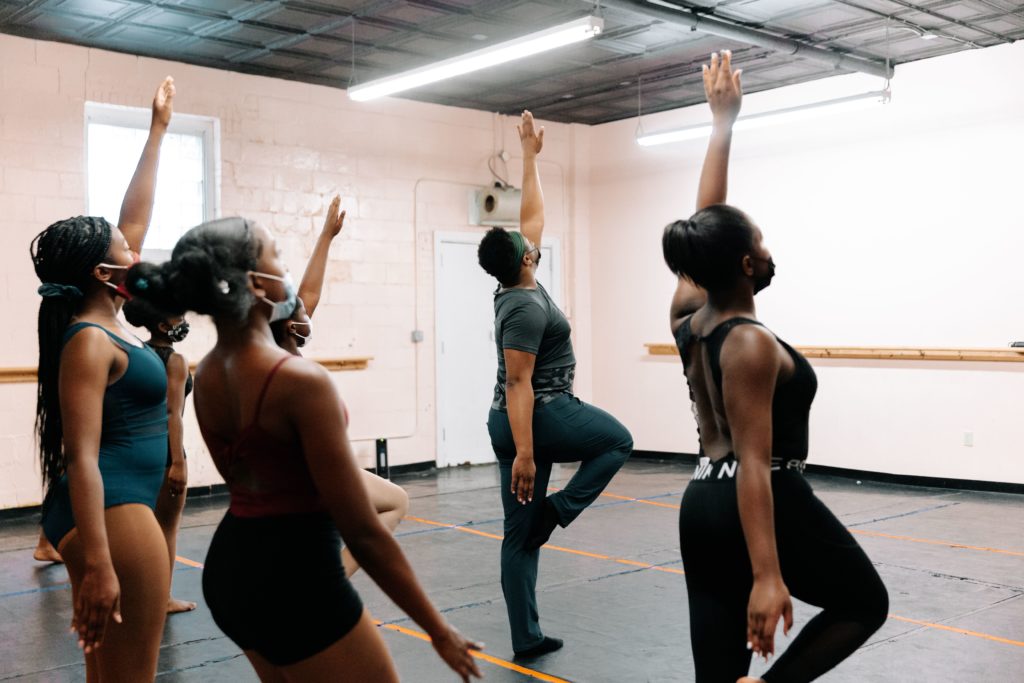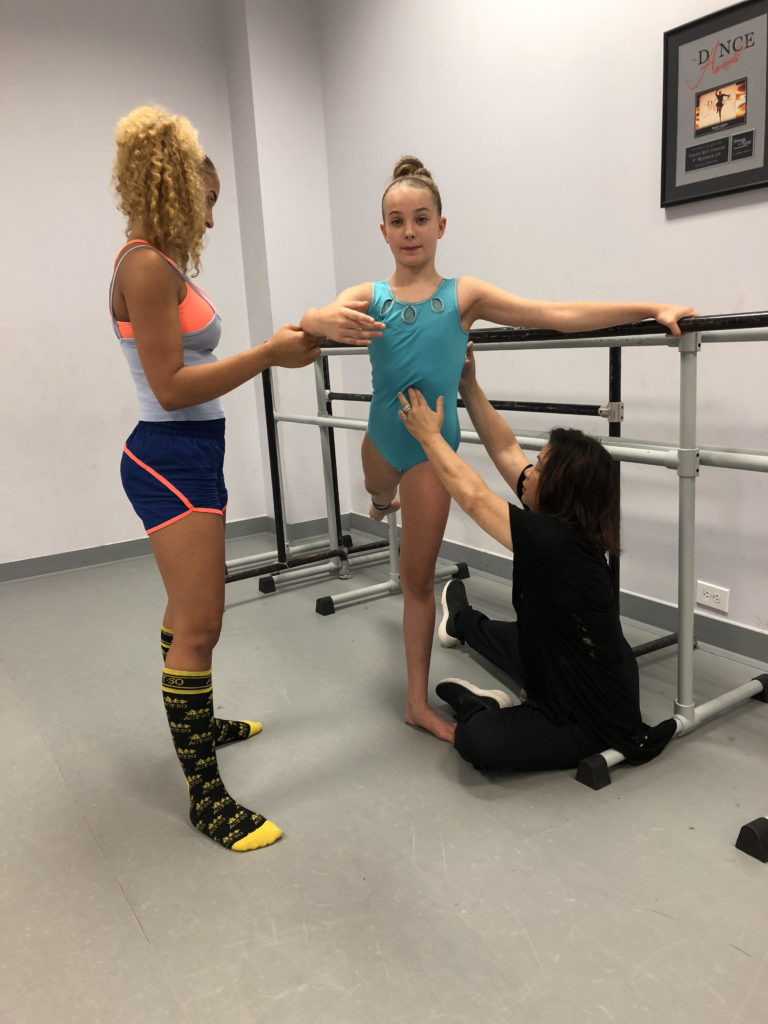
For many of your students, taking dance classes is an outlet for expression. For others, the dance home you’ve helped to build is a step towards a professional performance career. But for a few, the years spent in the studio might have cultivated a passion for a different profession: teaching.
But how exactly do you mentor these students on the path to becoming a dance teacher like yourself? We talked to three teachers about how they guide their students through the methods and practices that will help them become effective, engaging educators. Here’s what they recommend.
Spotting Potential
Future teachers may not always be the most advanced dancers in your program. In fact, “a great dancer does not necessarily make a great dance teacher,” says Dale Lam, the owner and director of Columbia City Jazz Conservatory in Lexington, South Carolina. She argues that the students who’ve struggled in their training are the ones who can most effectively guide others through those same struggles—whereas it can be difficult for more advanced students to teach concepts which they have developed without much effort.
Nichole Savage, the owner and director of Savage Dance Company in Sykesville, Maryland, takes note of students who demonstrate a passion for engaging with others. “In my eyes, a teacher needs to be exciting and inspiring,” says Savage, who has developed a teacher-training program at her studio that recruits and mentors four to six students each school year. “I am looking for a vibe and energy that is admired by both a dancer’s peers and our current staff.”
For Denise Heard-Latimer, who is the co-director (with her sister, Lynise Heard) of Dance Makers of Atlanta, students who are interested in becoming teachers should “exhibit a good rapport and patience with kids.” Lam agrees: “I have a student who is not the most skilled, but she is a well-liked leader. Her soul is a spirit of support and kindness, and this has made her a great [junior] teacher.”

Take Small Steps
If a dancer approaches you with an interest in teaching, start small, and scaffold their responsibilities based on their success. “I start by giving them little tasks,” Lam says. “I might say, ‘Take these three girls and work with them on this section.’” Then, she evaluates how the student did. “The kids working with the student teacher will let me know if it was a positive experience,” she says.
But students won’t always approach you, and they may not be aware of their potential. Lam will sometimes ask her class if anyone wants to help teach some choreography to a younger group. She then observes those who volunteer, seeing who is detail-oriented and working slowly enough. “Are they helpful? Or are they playing around with the kids?” She takes note of those who show promise and encourages them with more leadership opportunities. For instance, she’ll invite them to assist her when she teaches master classes, or allow older students to teach beginner technique classes. As they prove themselves by demonstrating that they understand how to help a student embody specific skills, Lam gives them more space and freedom to direct their classes.
For Savage, who has a degree in elementary education, the process is a bit more codified. Her mentees first complete in-class hours as a teacher assistant before completing her eight- to 10-week teacher-prep workshop. “I feel it is important for teachers to have a goal-oriented game plan before walking into class,” she says. Throughout the workshop, she helps her trainees create lesson plans and works with them on consistent lesson delivery. “We discuss what works or clicks for them as a student and how that might help other students, and we identify the skills their own teachers implement that are memorable and successful.”
Savage also helps them to understand that children learn differently. “Some dancers need a ton of positive praise; others need direct and visual instruction.” Keeping this in mind, she spends considerable time with her trainees role-playing.
Feedback and Reinforcement

As your student teachers become more confident leading a class, remember that they haven’t had the years of experience you’ve had. They still need feedback, both about what they’re doing well and what could use work.
Savage finds that taking notes while observing a class helps to keep feedback specific. “I evaluate my mentees’ language, the students’ questions and concerns, and the student teachers’ responses,” says Savage. Then, she compiles a summation of the student teacher’s class. Offering feedback in written form, she says, gives them something to reflect on and to reference in the future if they encounter similar obstacles.
Reinforcement through compensation also helps. Lam offers work-study agreements, particularly for dancers who cannot afford dance training, and some travel with her to assist her master classes. She pays more advanced students to student-teach. Heard-Latimer normally offers credit towards tuition to her educators-in-training, while Savage pays students only once they have officially become teachers, whether that’s through opportunities to sub or teach a class of their own.
When Issues Arise
Sometimes, asking students to assist or teach can cause other dancers to feel left out and resentful, affecting the energy of the whole class. “If a student feels left out or jealous,” says Heard-Latimer, “we let them know that there are more of these opportunities and that they can demonstrate their readiness to teach by showing us the leadership qualities we are looking for.”
Also, be sure to let parents know if a student-teacher is leading their child’s class. Communicate that you’ve not only handpicked that student because you believe in their ability, but that you’ll be monitoring their interactions with the class and actively molding them into a professional educator. Initiating these conversations will help avoid any confusion or doubt parents might have about a young person teaching their child.
And remember: Despite any issues that student-teaching may inadvertently cause, your mentorship matters—and the support and allyship you provide in the process will translate to your students believing in themselves, because you believed in them.





